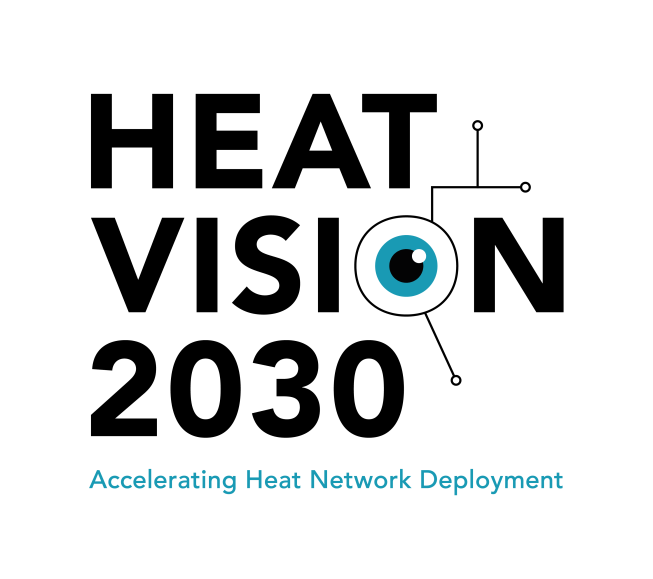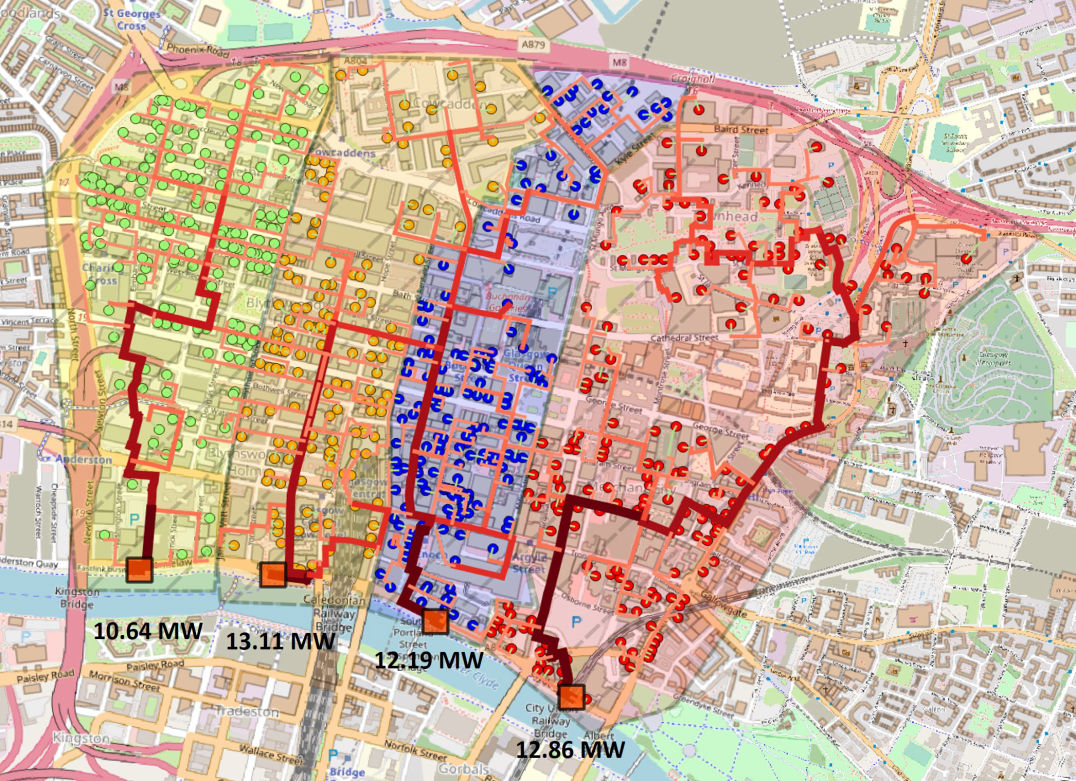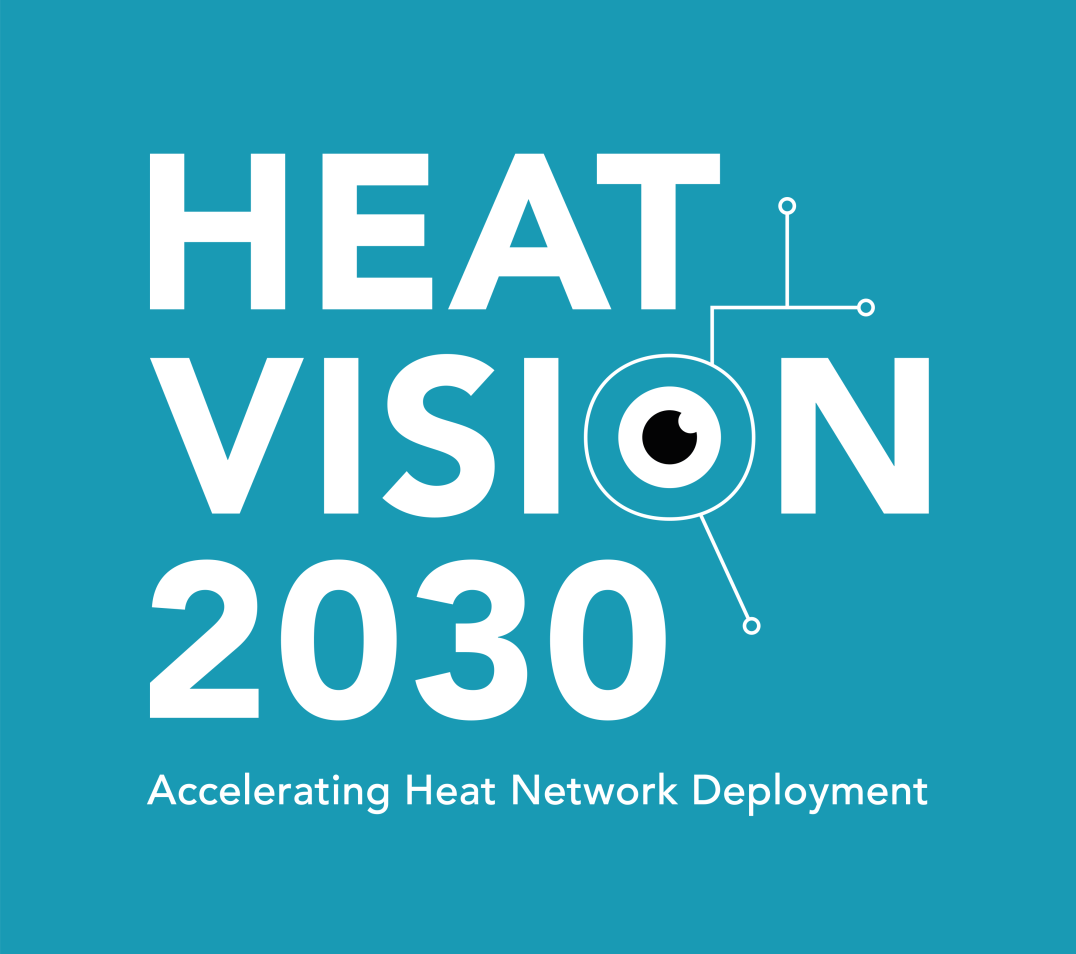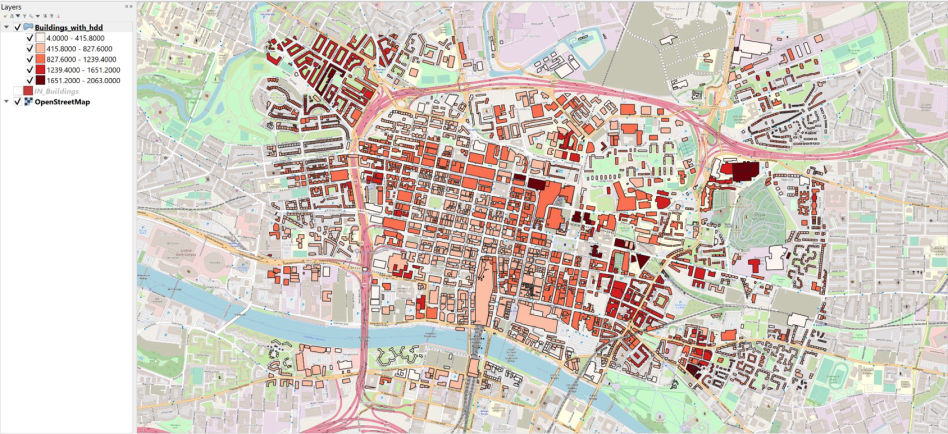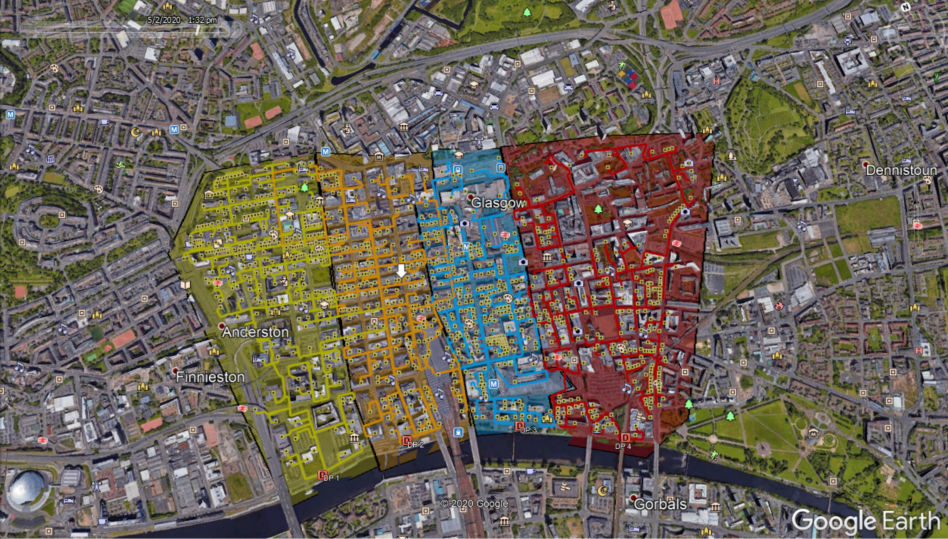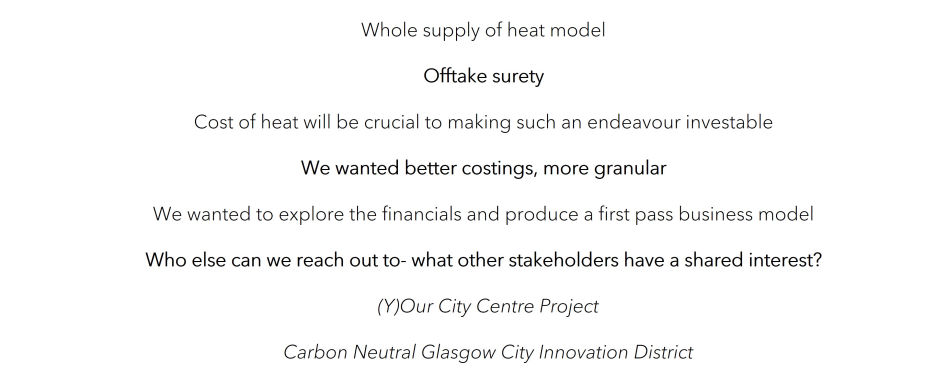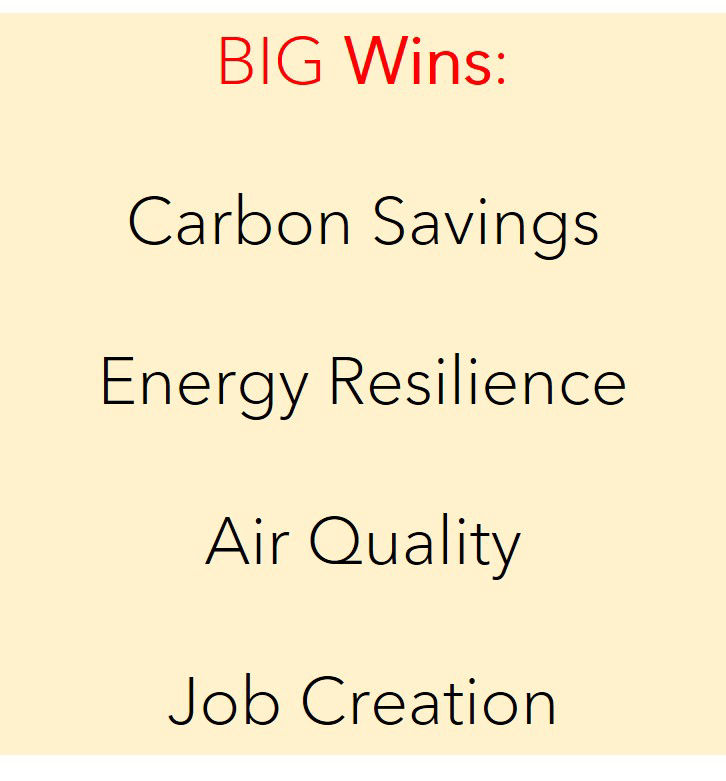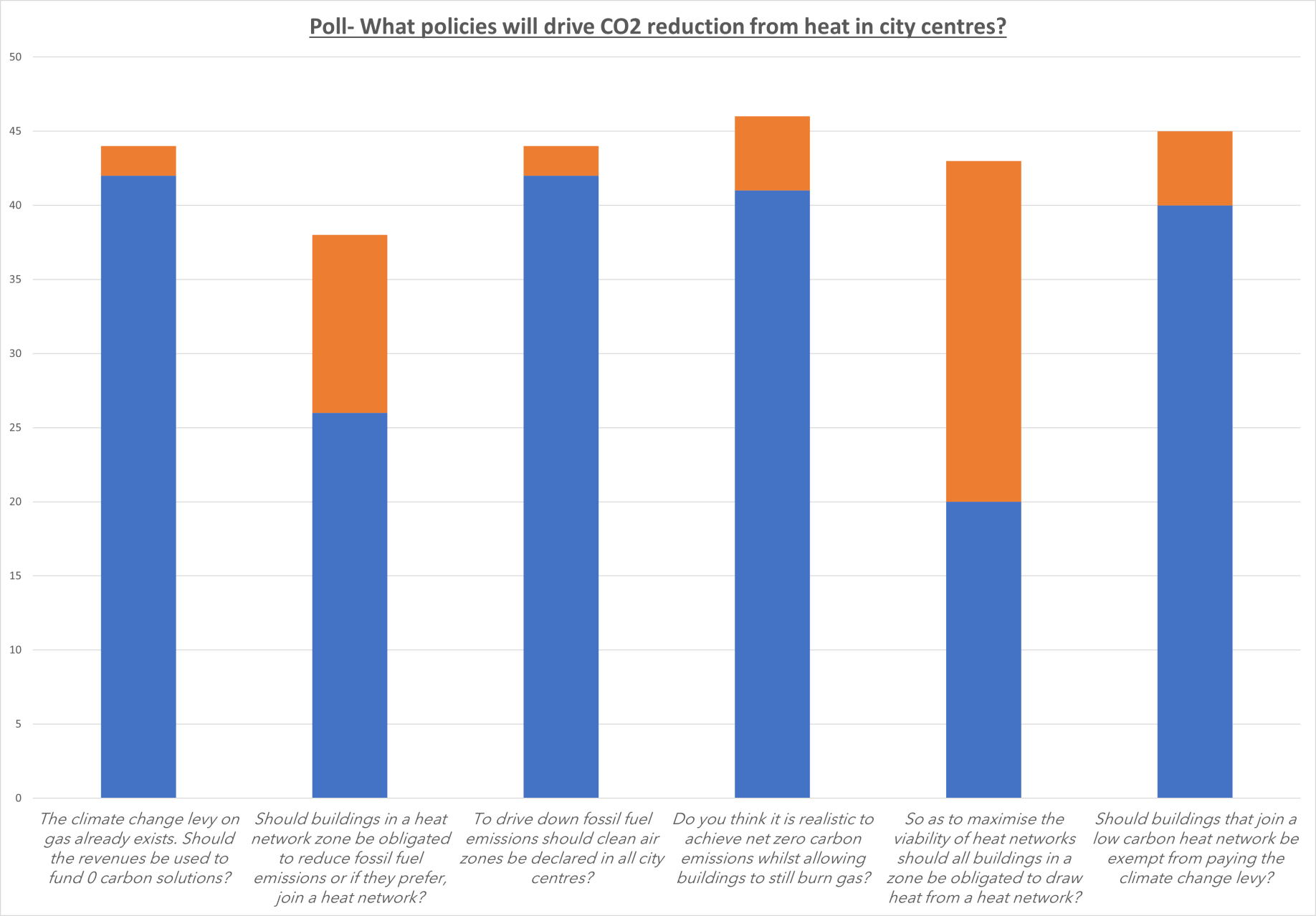Webinar 3. Our panel of heat network experts reflect on how we move low carbon heat network deployment forward in 2021.
Heat networks should deliver 18% of heat in the UK by 2050, currently that is between 1% and 2%. In the past year even more cities have declared climate emergencies and the ambition to become truly low carbon by 2030. Meanwhile, the UK government has challenged cities to permanently remove 70% of their carbon emissions by 2030.
So how can city-centre heat networks help? What can we do? What can't we do? Who needs to do it?
